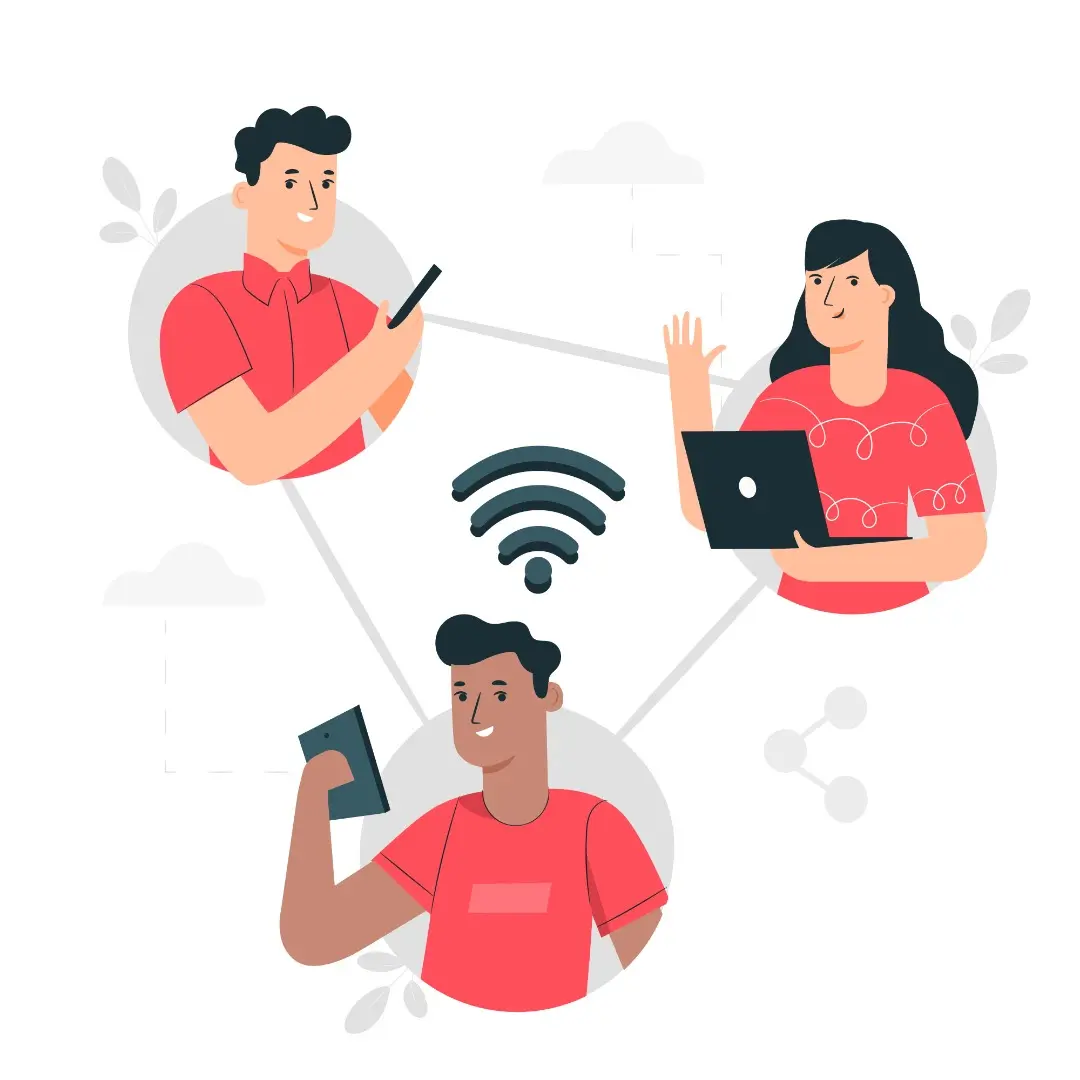
Gamification is the application of game elements in non-game contexts to enhance engagement and motivation. In the field of education, gamification has become an effective tool for increasing student motivation to learn. This article will discuss the role of gamification in enhancing learning motivation, its benefits, and examples of its implementation in education.
1. What is Gamification?
Gamification is the process of integrating game elements, such as points, badges, and leaderboards, into non-game activities. The goal is to increase engagement and motivation among participants. In the context of education, gamification can be used to make the learning process more engaging and enjoyable.
Recommended posts
2. Why is Gamification Important in Education?
Gamification is important in education because it can help address several challenges faced by students, such as lack of motivation, boredom, and difficulty in understanding material. By applying game elements, students can feel more engaged and motivated to learn. Some reasons why gamification is important in education include:
Enhancing Engagement: Game elements can make students more involved in the learning process.
Encouraging Healthy Competition: Leaderboards and challenges can motivate students to compete in a healthy manner.
Providing Instant Feedback: Gamification allows students to receive instant feedback on their progress.
Improving Information Retention: Enjoyable learning experiences can help students remember information better.
3. Benefits of Gamification in Enhancing Learning Motivation
Gamification offers various benefits that can enhance students' learning motivation. Some of these benefits include:
Increasing Interest in Learning: With game elements, students are more interested in learning and participating in educational activities.
Boosting Self-Confidence: Achievements in games can enhance students' self-confidence.
Encouraging Collaboration: Gamification can encourage students to work together in teams to achieve common goals.
Promoting Independence: Students can learn to manage their time and efforts in achieving learning objectives.
4. Examples of Gamification Implementation in Education
Here are some examples of gamification implementation in education:
Interactive Quizzes: Using platforms like Kahoot! or Quizizz to create fun interactive quizzes.
Point and Badge Systems: Awarding points and badges to students who achieve certain targets or complete tasks.
Simulation Games: Using simulation games to teach complex concepts, such as economics or science.
Learning Challenges: Organizing learning challenges where students can compete to complete tasks within a certain timeframe.
5. Challenges in Implementing Gamification
Although gamification has many benefits, there are some challenges to consider when implementing it in education:
Balancing Game and Learning: It is important to ensure that game elements do not distract students from learning objectives.
Resource Limitations: Some schools may lack sufficient resources to implement gamification effectively.
Resistance from Students or Educators: Some students or educators may be unfamiliar with the gamification approach and prefer traditional methods.




